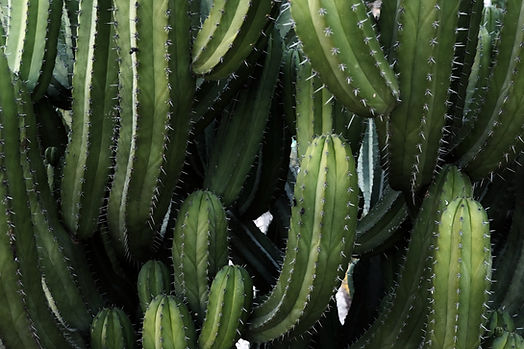Contact us
THE SOURCING DIRECTORY
NAtURAL FIBRES
Natural fibres include fibres that occur in nature. They come mostly from animals and plants and include fibers like cotton, linen, hemp, wool, cashmere, and alpaca. Natural fibres have been used by humans for centuries, such as linen being used in ancient Egyptian times, China was the cradle of silk, ancient India saw the development of cotton and sisal was already being used in textiles by pre-Columbian civilizations, together with animal fibres such as Vacuna and Llamas in making clothes [1]. Wool also made its mark around 10,000 BC and has become a key stable in our wardrobes today from luxury fashion through to performance wear.
As sustainability is becoming an important topic for both agriculture and the textile sector, there is an increasing market demand for natural and plant-based fiber production. Diversified regenerative farming systems, such as agroforestry, have received considerable attention for their potential to contribute to more environmentally sustainable and socially just agricultural methods, that offers a smart use of water, topsoil regeneration and nutrition, biodiversity, enhancement of ecosystems whilst supporting biosequestration and increasing resilience to climate change. Consumers today are starting to make more conscious efforts to avoid fibres that are non-renewable such as those derived from petrochemicals and fossil fuels and are becoming more aware of how renewable natural fibres can help us fight climate change.
MAN-MADE FIBRES
Manmade fibers consist of both synthetic and regenerative cellulosic materials derived from petrochemical and agricultural waste through to wood fibers.
Man-made cellulosic fibres (MMCF) such as Viscose/Rayon, Lyocell, Modal and Cupro, form the second biggest cellulosic fibre group after cotton. The MMCF value chain has the potential to tackle some of the apparel and broader textile industry’s most significant sustainability challenges and as a consequence, make a real contribution to building resilience and accelerating regeneration as the perfect feedstock for the future fiber-to-fiber regeneration.
Bio-based materials; Are a new generation of innovative materials that are derived from agricultural waste streams such as the orange juice, coconut, and sugar industries and produce a new range of future materials that are alternatives for viscose and comparable to silks.
At the opposite end of the man-made fibre scale, we have synthetic fibres and materials that are derived from crude oil. These are called synthetic, but oil is a natural, non-renewable resource that we take from the earth. Synthetics make up 65% of all textiles with polyester being the most used today. The other varieties of synthetic staple fibres include nylon, acrylic, and polypropylene. With growing consumer awareness around climate change and new scientific research highlighting the issues we face around microfibre release, it is important that designers and brands seek sustainable and responsible alternatives and move away from oil-derived synthetics.
BIOMATERIALS
fibre iNNOVATION COMPANIES
Material science & Innovation companies using radical recycling and closed-loop technology.
Fibres made from natural cellulose, cotton, post consumers textiles, cardboard, agricultural waste, and food industry waste.
Closed-Loop & Circular Solutions
renewable resources
BIOFABRICATED
Biofabrication is the next manufacturing revolution. Biofabricated materials are grown and produced in a lab instead of a factory, harnessing biological organisms such as bacteria, yeast, algae, proteins, and fungi root structures. These next-generation materials are designed and engineered to create biologically advanced and functional materials that meet the needs of tomorrow, whilst saving on land, water, and energy usage.











